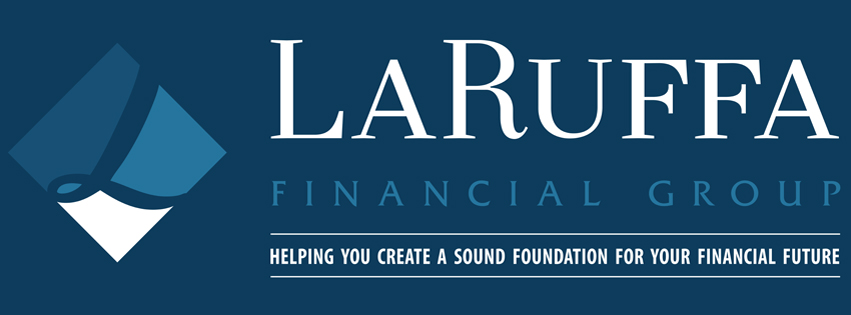In recent years, the markets, the economy
and the global political scene have evolved considerably. We’ve witnessed both
remarkable volatility and remarkable resilience in these areas. The reality is
that less predictability in today’s economic landscape requires more vigilant risk
diversification, coupled with the ability to adapt to a fast-changing environment.1
We work with our clients to set financial goals and make strategic
and tactical recommendations to help them reach their individual financial objectives.
Equally as important, we want to encourage clients to work with us to monitor
their financial progress and let us know when their personal or financial
situation changes. Investing mirrors life in many ways: You make plans, but
they often get disrupted, waylaid or delayed. By closely monitoring your financial
strategy, we can help you determine if and when it’s time to make changes.
To this end, it may be beneficial for you to
understand the distinction
between strategic asset allocation and tactical asset allocation. Strategic
allocation establishes and maintains a deliberate mix of stocks, bonds and cash
designed to help meet your long-term financial objectives.2
Tactical asset allocation, on the other hand, is more market focused. While an
investor may set parameters for how much and how long he wants to invest in a certain asset class, he may want to then increase or decrease his allocations by
5 percent to 10 percent over a short time based on economic or market
opportunities.3
It is important to be aware that tactical asset allocation strategies
present higher risks but also the opportunity for higher returns. It’s a good
idea to set percentage limits on asset allocations and time benchmarks for when
you may want to exit certain positions.4 Tactical asset allocation
is, in fact, a market timing strategy, but its risk lies more in asset
categories rather than individual holdings, and a crucial key for this type of
allocation is to actively manage that risk.5
To help diversify and manage risk, some financial advisors
recommend exchange traded funds (ETFs). These are
passively managed funds that can be bought and sold throughout the
trading day. While ETFs are passively managed,
they provide a means for an investor to tactically expand or shrink exposure to
a specific asset class in her own
actively managed portfolio. Proponents of ETFs favor them because of their low
cost, tax efficiency and trading flexibility.6
Content
prepared by Kara Stefan Communications.
1 Nasdaq. June 26, 2017. “Asset
owners must be more innovative to fulfill investment missions.” http://www.nasdaq.com/press-release/asset-owners-must-be-more-innovative-to-fulfill-investment-missions-20170626-00612.
Accessed July 8, 2017.
2 Chris Chen. Insight Financial Strategists. July 1, 2017. “Tactical asset allocation can enhance a long term strategy.”
http://insightfinancialstrategists.com/asset-allocation/?utm_source=ReviveOldPost&utm_medium=social&utm_campaign=ReviveOldPost.
Accessed July 8, 2017.
3 Ibid.
4 Ibid.
5 Girija Gadre, Arti Bhargava
and Labdhi Mehta. The Economic Times. June 19, 2017. “5 smart things to know about tactical asset allocation.” http://economictimes.indiatimes.com/wealth/invest/5-smart-things-to-know-about-tactical-asset-allocation/articleshow/59189407.cms.
Accessed July 8, 2017.
6 Robert Powell. MarketWatch. June 9, 2017. “Why financial advisers prefer ETFs over mutual funds.”
http://www.marketwatch.com/story/why-financial-advisers-prefer-etfs-over-mutual-funds-2017-06-09.
Accessed July 8, 2017.
We are an independent firm helping individuals
create retirement strategies using a variety of insurance and investment
products to custom suit their needs and objectives. This material is intended to
provide general information to help you understand basic financial planning
strategies and should not be construed as financial advice. All investments are
subject to risk including the potential loss of principal. No investment
strategy can guarantee a profit or protect against loss in periods of declining
values.
The information contained in this material is
believed to be reliable, but accuracy and completeness cannot be guaranteed; it
is not intended to be used as the sole basis for financial decisions. If you
are unable to access any of the news articles and sources through the links
provided in this text, please contact us to request a copy of the desired
reference.
Investment
Advisory Services offered through Global Financial Private Capital, LLC.
AE07175090C
